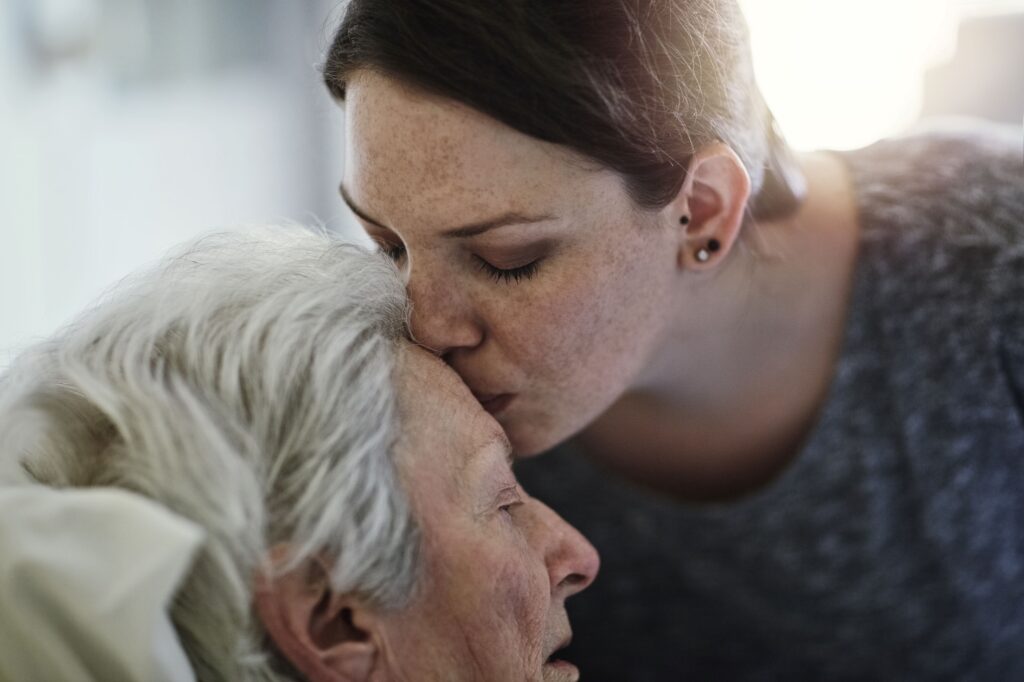Huge Changes are Arriving NOW

New York's CDPAP program allows a person who is eligible for NY Medicaid home care, or their designated representative, to select, hire, train and schedule their own caregivers. The caregiver can be a friend or family member other than a spouse. An MLTC (Managed Long Term Care) plan determines how many hours of care will be granted. The disabled person or their representative is the employer, and they are responsible for arranging their own back-up coverage.
Until the end of this month, about 600 Fiscal Intermediaries (“FIs”) handle payroll, time sheets and benefits under a contract with an MLTC plan or local Medicaid agency.
CDPAP allows more flexibility than traditional personal care:
- The CDPAP Personal Aide (“CDPAP PA”) can administer meds, for example, put a pill in the consumer’s mouth, inject insulin, manage home dialysis, and more. A Home Health Aide or Personal Care Aide is not permitted to perform these tasks – their job is primarily to assist with Activities of Daily Living.
- The CDPAP PA is trained by the consumer or their representative – no formal training is required. With traditional personal care, Home Health Aides and Personal Care Aides are required to have training and certification.
- With CDPAP, family members other than the spouse may be hired as a CDPAP PA, whereas with traditional personal care, the rules about which family members can be hired are more restrictive.
Right now:
- Over 600 Fiscal Intermediaries in NY (both for-profit and non-profit companies) administer CDPAP.
- Each MLTC or Medicaid managed care plan has a Provider Network of FIs; CDPAP participants must use one of the FIs in their plan’s network
- Fiscal Intermediary differences are in the amount of wages and benefits paid, support provided, and Electronic Visit Verification systems.
A Huge Change is Coming on March 28
New York selected one company located in Georgia, called PPL, to replace the over 600 current CDPAP Fiscal Intermediaries. All MLTC plans, other managed care plans, and Medicaid agencies must sign a contract with PPL. 37 of the current NY Fiscal Intermediaries have been selected as “facilitators” with a limited role: customer service, transition assistance, and visitation verification support.
What does this mean?
- Every current Fiscal Intermediary will no longer be able to offer CDPAP services. Many FIs also offer personal care as a Licensed Home Care Services Agency, but as shown before, these services are far more restricted. All FIs who do not offer licensed home care services will likely go out of business.
- By March 28, all CDPAP consumers (of which there are about 250,000) and Personal Assistants (about 500,000) will need to register and transition their services to PPL.
- Unless the consumer and the CDPAP PAs register with PPL, the consumer will lose CDPAP services.
Many changes will or may occur – wages may drop, overtime could be affected, documentation of care will change, and some CDPAP PAs may not successfully transition to become employees of PPL. Any of these changes may negatively affect the care that people receive. As the sole payer and administrator of CDPAP employees, PPL could be pressured to keep wages low or introduce other restrictions.
A CDPAP PA may switch to traditional personal care (if permitted by the family rules), but will need to be trained, will not be able to administer meds or perform many other “skilled tasks,” and will become an employee of the Licensed Home Care Service Agency – so they could be assigned to another consumer. The consumer is no longer in control.
The rollout is already proving to be chaotic and messy. There have been reports of unreturned phone calls to PPL and poor customer service. The change will cause disruption to many thousands of people who receive care, and to their caregivers.
What Should You Do?
If you are using CDPAP services and have not yet begun the transition process: START NOW. As of March 3, there were still 150,000 consumers and 400,000 workers who had not begun the transition process – and it takes weeks to complete! Workers will not be paid for work done after April 1 if the consumer and the worker did not complete the registration – and (for the moment) there is NO backup plan for people still in the pipeline. Don’t lose your services – act now.
The patient or family needs to initiate the transition to PPL:
- Confirm if your current home health agency is a CDPAP Facilitator. If they are not, choose from the list of CDPAP facilitators (link is also below) and contact them to start the transition over to a new agency.
- If you have any registration questions, call the customer support line for PPL at 833-247-5346. Be persistent - as noted above, there have been reports of numerous unreturned phone calls.
- Both the consumer and the CDPAP PA can create online profiles using the link to register (link also shown below). The transition can be done through the created account.
Facilitators have been very helpful with helping people to set up accounts – do not hesitate to call them for assistance!
Helpful links:
Overview with link to register: https://pplfirst.com/programs/new-york/ny-consumer-directed-personal-assistance-program-cdpap/
List of NY facilitators: https://pplfirst.com/cdpap-facilitators/
To request an appointment for in-person support, email NYCDPAP@pplfirst.com
In-person and virtual registration sessions: https://pplfirst.com/cdpap-resources-events/
visit our key practice areas

